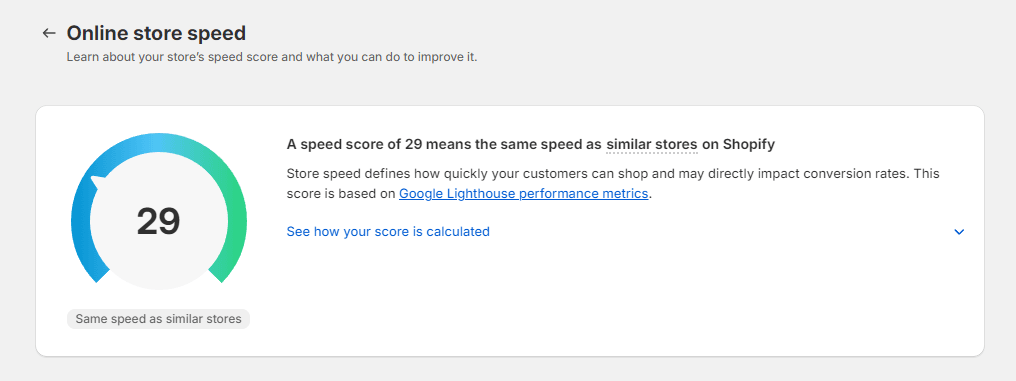5 things to consider when upgrading to a paid Shopify theme
1/8/2024 · 3 minute read
The Shopify theme store is filled with dozens of themes to choose from. When you started your store, you might have decided to go with a free theme like Dawn.
At some point while growing your business, you may have wondered: is a premium Shopify theme going to benefit my store?
Changing the theme is like changing your entire website. It’s not an easy decision.
So here’s what I’d consider when deciding.
Features
First question: what extra features can a paid theme provide over a free theme?
Browse the Shopify Theme Store and check the filters and the theme pages to see what’s available. Some examples are a good looking mega menu, a stock counter, pop ups, color swatches, etc.
But maybe you don’t really need any of the new features. Or you think they won’t enhance your website. Maybe that’s one less reason to get a paid theme.
This list of features can also act as a list of ideas. You might find something you hadn’t considered for your website.
Of course, you might already have something specific you need.
In any case, consider the cost of getting a paid theme for just that feature. Compare it to having it custom-made. More on this below.

Website speed
Most paid themes have very little difference in loading speed compared to free ones.
The difference doesn’t matter once you start loading scripts and apps to your website. Which you probably can’t avoid and are already doing.
Here, the benefit of paid themes is, again, features.
If you need to install an app to add a feature to your free theme, that app will slow down your store.
If the theme already had that feature, this wouldn’t happen.
In this case, just getting a paid theme might allow you to remove a few apps. That’s going to improve your speed score.
That’s the real benefit when it comes to speed.
(Of course, an alternative is always to custom develop the feature vs. use an app.)
And of course, a proper assessment would answer the questions:
How much does it cost me to have a site that’s X seconds slower due to apps?
How much are these apps costing me every month?
What’s the cost of replacing my theme with a paid theme?

Support
Free themes are built by Shopify.
Paid themes are built by various companies, so it’s a more competitive environment. And since you pay for a software product, they can and will provide support.
The truth is, Shopify is also a paid product. But since a theme producer has more capacity to pay attention and support you.
Keep in mind that in both cases, you probably won’t get free development when you want something changed that’s not in the theme editor.

The cost of getting a paid theme
The obvious cost is the price of the theme. That’s about $200 to $400, usually.
(It’s a small amount to pay for an entire website, essentially.)
But when you migrate from a previous theme, there are other costs. Consider the effort / time / cost it will take to:
Migrate all theme templates, sections, blocks, and settings. You need to do everything in the theme editor from scratch.
Migrate apps. Most apps will work by enabling them in app blocks. Some will work automatically because they’re not loaded in theme code. Others are hard coded into the theme. Some app developers even write custom code for your site only, if something is not compatible.
Migrate custom theme code (e.g. tracking scripts - although when using Shopify Pixels that's not a problem). This is particularly difficult because theme code is usually based on the theme itself.
Test everything.
So, a highly customized theme will often cost much more to migrate, compared to the new theme’s price.
Last, don’t forget that you’re taking a risk.

The hidden (and potentially largest) cost of changing your theme
Changing the theme means changing your entire website.
This is especially true if the new theme’s design is drastically different. Or if you customize it differently.
This is considered a risky move, if you have a website that already has a good conversion rate.
Sometimes a paid theme looks much better, and changing it has a very positive effect on the brand itself.
And if you already have a low conversion rate, the risk is minimal.
In any case, pay close attention to your metrics right after you publish the new theme.
You want to look for changes in things like:
Bounce rate. Does the above-the-fold content of the product page now show something completely different? Which could be irrelevant to the ad?
Funnel steps drop date. Is the Checkout button properly located? Do mobile users proceed to checkout much less because of that?
Overall conversion rate. Allow a sufficient time period for that.


